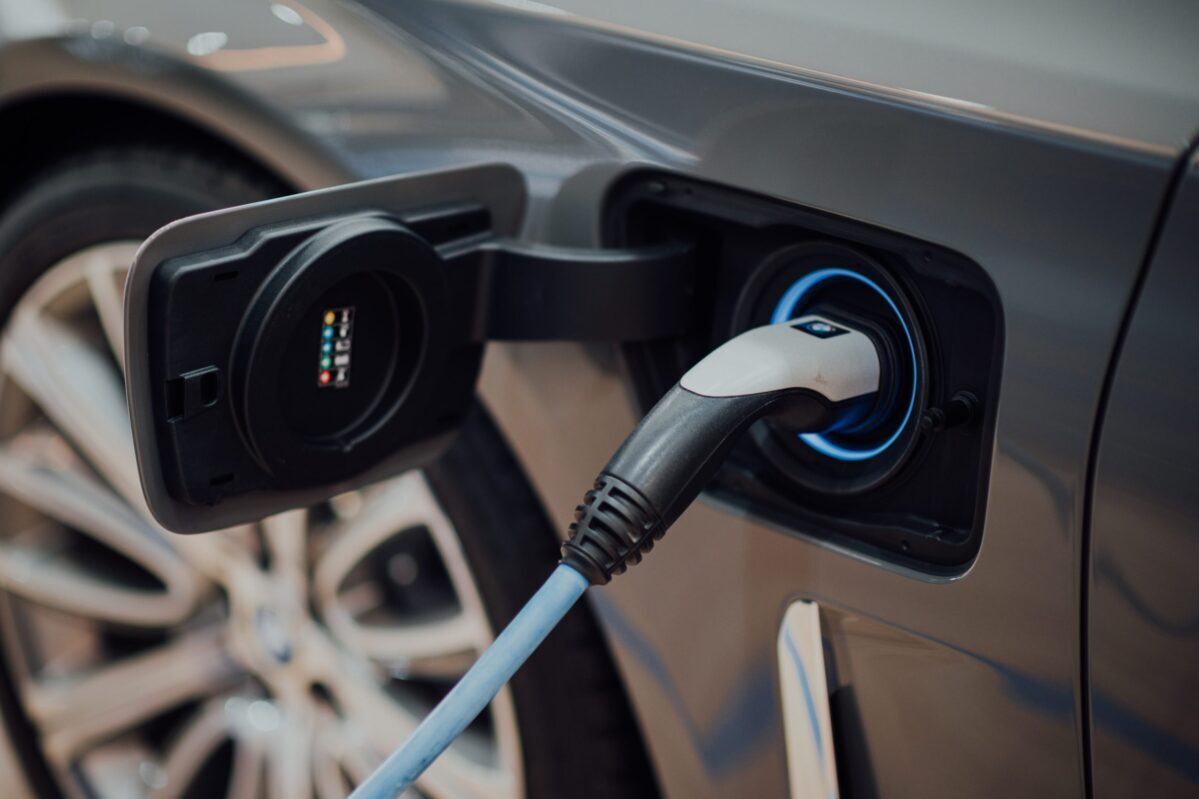Tackling the Fossil-Fuel Impacts from EVs

The effect of electric mobility on emissions, carbon pollution, and fossil-fuel usage is complex.
On the one hand, well-designed EVs consume far less fuel per mile than traditionally powered vehicles. According to one report, EV passenger car models consume around a fourth of the fuel per mile of gasoline vehicles.
The impact of emissions, on the other hand, is considerably more localized and relies on how electricity is produced in a location.
So, how can providers and consumers collaborate to maximize advantages while reducing reliance on fossil fuels? “It varies” is not a constructive response, but we will attempt to provide some discussion and suggestions that may be beneficial.
There are various possible answers to the question. One option is to allocate fuel depending on the total utility resource composition in the area. The mix changes from moment to moment, but day-to-day planning and operation offer direction and consistency.

The “incremental fuel” viewpoint is a second option. The debate then shifts to what fuel is being utilized for the next kWh of electricity required by a vehicle.
The truth of grid management is that an additional load at any time may need the use of a fossil facility to meet the additional demand. Rotating coal plants, for example, might enhance nuclear baseload output.
A third approach matches emerging loads with emerging supply. Wind energy, for example, is rapidly expanding and may provide a full assessment of the difficulties.
In any case, any meaningful solution must meet three main factors. First and foremost, a motorist or fleet operator requires simple charging options both at home and in the workplace. Second, the car or charger must be straightforward to configure to interface with the grid. Finally, information transfer must be uncomplicated.
